PERSPECTIVE: The Social Responsibility of Business is Changing
/by Sarah Eisele-Dyrli In 1970, Milton Freedman wrote in The New York Times Magazine that the responsibility of a corporate executive is “to conduct the business in accordance with their desires, which generally will be to make as much money as possible while conforming to the basic rules of the society, both those embodied in law and those embodied in ethical custom.”
It turns out that the basic rules of society are changing.
In 1993, 66 percent of consumers were “likely to switch brands to one that is associated with a good cause, given similar price and quality” according to the 2017 Cone Communications CSR Study.
In 2017, that number rose to 89 percent.
This changing consumer behavior, an indicator of changing basic rules of society, results in businesses making more money.
Take Unilever.
In May, 2017, Unilever announced that their Sustainable Living brands grew “over 50 percent faster than the rest of the business” and that those brands “delivered more than 60 percent of Unilever’s growth in 2016.”
Paul Polman, Unilever CEO, commented on the results:
“There is no doubt that the Unilever Sustainable Living Plan is making us more competitive by helping us to build our brands and spur innovation, strengthen our supply chain and reduce our risks, lower our costs, and build trust in our business. It is helping Unilever to serve society and our many consumers, and in doing so, create value for shareholders.” [emphasis mine]
Unilever is benefiting financially today from the trends highlighted in the Cone study - they are making a lot of money, and are also setting themselves up to benefit over the long-term by ensuring the resources they need (human, environmental, financial, and otherwise) will still be around for years to come.
What can this example possibly mean for the 96 percent of Connecticut business owners like myself who employ fewer than 20 employees*? (*calculated from the Connecticut Small Business Profile, 2017)
Those of us who own small businesses, including individual proprietorships, can also take advantage of these changing rules of society - and profit.
 Enter the Benefit Corporation (known as B Corp). There are two types of B Corps. One is a certification through B Lab, an NGO that codified the structure. The other is a type of business incorporation, and is obtained by application through the Secretary of the State. Both give legal protection to leaders who consider the interests of all stakeholders - not just shareholders or a board of directors - when making business decisions.
Enter the Benefit Corporation (known as B Corp). There are two types of B Corps. One is a certification through B Lab, an NGO that codified the structure. The other is a type of business incorporation, and is obtained by application through the Secretary of the State. Both give legal protection to leaders who consider the interests of all stakeholders - not just shareholders or a board of directors - when making business decisions.
There are certainly businesses in Connecticut that seek to “make as much money as possible” while conforming to these new basic rules of society.
But in Connecticut, these businesses can be hard to find.
In my own search to connect with businesses here in Connecticut that are having a positive social and/or environmental impact, I continue to be met with chuckles from other business owners when I talk about what I do.
They know that these kinds of businesses are growing nationally, but they also know that there aren’t many in Connecticut yet.
Of the 1,100 B Corps in the US certified by B Lab, currently only .27 percent (3 in total) are located in Connecticut. According to the Benefit Corporation website, which tries to track the number of businesses that are actively incorporated as B Corps at the state level, there are 43 incorporated Benefit Corps listed in Connecticut, but some of these are no longer in business. The state’s B Corp law took effect in 2014.
Businesses seeking to have a positive environmental and social impact do exist in Connecticut, but may fear losing customers or clients by waving the triple bottom line flag of people, profit, planet.
Yet the findings from the Cone report suggest that by conforming to these developing basic rules of society, Connecticut businesses may actually benefit - not be harmed - by putting these values up front.
One way to signal this priority is by certifying as a B Corp through B Lab (and being able to use the recognizable B Corp seal) or incorporating as a B Corp through the state of Connecticut. The fees may be lower than you might expect, depending on your current size of operation.
Another signal we can make to consumers or customers is through communicating these values more effectively in our marketing. The Cone report found that 39 percent of consumers researched the environmental and social practices of businesses in 2016. By making it easy for consumers to identify the values they share with our businesses, we make it easier for them to make the decision to buy our products or services when they are comparable to others.
As consumers, we can benefit from the new “basic rules of society” by knowing that our hard-earned dollars are going to help address issues we care about. And as business-owners we get the added benefit of making “as much money as possible” while having the confidence that the resources we need will be available to us and our families for generations to come.
-------------------------------------------------
Sarah Eisele-Dyrli, MSW, is the founder of Social Impact Compass, based in Connecticut. She works with business owners and social enterprises so they can have the social and environmental impact they want. She can be reached at sarah@socialimpactcompass.com or @SEiseleDyrli.



 The five dimensions, mentioned above, were weighted to determine an overall score on a 100 point scale using thirty relevant metrics including the cost of living, rate of home ownership and insurance, average student loan debt, voter turnout rate, unemployment rate, percentage diagnosed with depression and the average price of a latte at Starbucks.
The five dimensions, mentioned above, were weighted to determine an overall score on a 100 point scale using thirty relevant metrics including the cost of living, rate of home ownership and insurance, average student loan debt, voter turnout rate, unemployment rate, percentage diagnosed with depression and the average price of a latte at Starbucks.
 The
The 

 Topping the national rankings were Falls Church, Virginia; Douglas County, Colorado; Broomfield County, Colorado; Los Alamos County, New Mexico; and Dukes County, Massachusetts.
Topping the national rankings were Falls Church, Virginia; Douglas County, Colorado; Broomfield County, Colorado; Los Alamos County, New Mexico; and Dukes County, Massachusetts. 
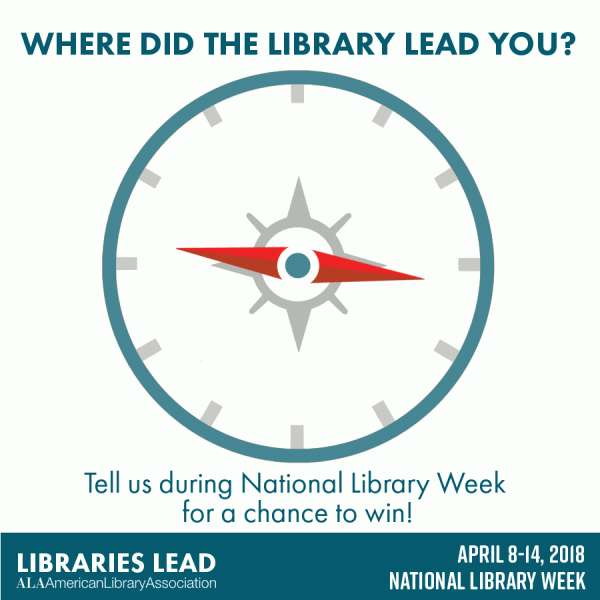 National Library Week is an annual celebration of the life-changing work of libraries, librarians and library workers. Libraries aren’t just places to borrow books or study, official explain, they’re also creative and engaging community centers where people can collaborate using new technologies and develop their skills and passions.
National Library Week is an annual celebration of the life-changing work of libraries, librarians and library workers. Libraries aren’t just places to borrow books or study, official explain, they’re also creative and engaging community centers where people can collaborate using new technologies and develop their skills and passions.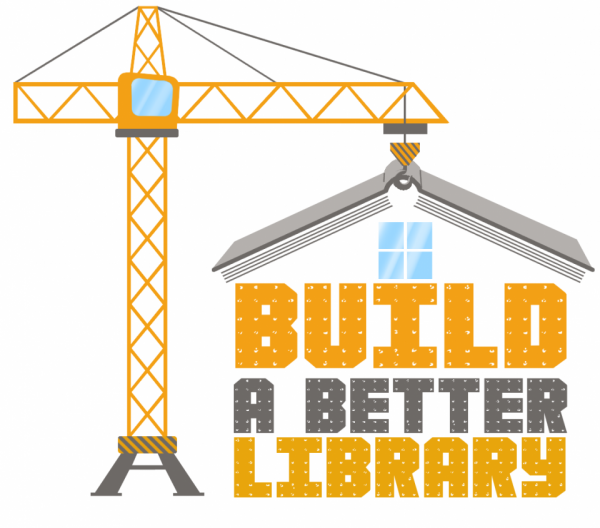 On Thursday, April 12, 2018, at 11:00 a.m. Hartford Public Library will be one of six libraries working with USCIS to host Naturalization Ceremonies during National Library Week. Other sites hosting ceremonies during this week are: Danbury Public Library, Ferguson Library (Stamford), New Britain Public Library, Otis Library (Norwich), and Rockville Public Library (Vernon).
On Thursday, April 12, 2018, at 11:00 a.m. Hartford Public Library will be one of six libraries working with USCIS to host Naturalization Ceremonies during National Library Week. Other sites hosting ceremonies during this week are: Danbury Public Library, Ferguson Library (Stamford), New Britain Public Library, Otis Library (Norwich), and Rockville Public Library (Vernon).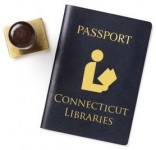
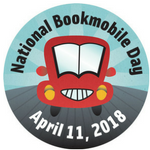 l funds for libraries.
l funds for libraries. Our work is crucial to the stability of our state’s finances, securing federal funding, and ensuring state agency compliance. The work we do on whistleblower cases, in conjunction with the Attorney General, provides all citizens the opportunity to expose waste, fraud and corruption without threat of retaliation.
Our work is crucial to the stability of our state’s finances, securing federal funding, and ensuring state agency compliance. The work we do on whistleblower cases, in conjunction with the Attorney General, provides all citizens the opportunity to expose waste, fraud and corruption without threat of retaliation.
 In comparing the average annual opioid-related death rates per 100,000 population in 2012-13, 2014-15, and 2016-17, the dramatic increases across communities statewide is quite evident. The data analysts point out that data are where deaths from 'any opioid' (meaning some type of opioid were found in the person) take place. Therefore, they explain, one would expect to see higher rates in places with large hospitals (hence high rates in cities). They add that one can also not discount that these places are also seeing higher rates among its residents.
In comparing the average annual opioid-related death rates per 100,000 population in 2012-13, 2014-15, and 2016-17, the dramatic increases across communities statewide is quite evident. The data analysts point out that data are where deaths from 'any opioid' (meaning some type of opioid were found in the person) take place. Therefore, they explain, one would expect to see higher rates in places with large hospitals (hence high rates in cities). They add that one can also not discount that these places are also seeing higher rates among its residents.
 The Connecticut Data Collaborative has posted on its
The Connecticut Data Collaborative has posted on its 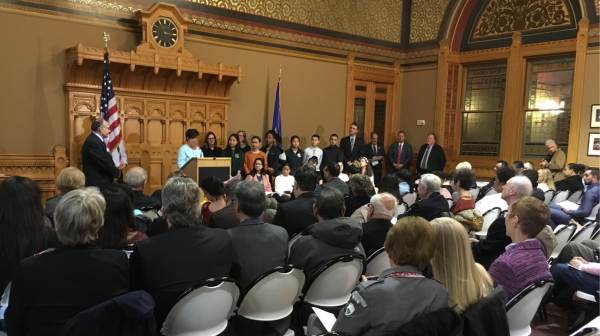
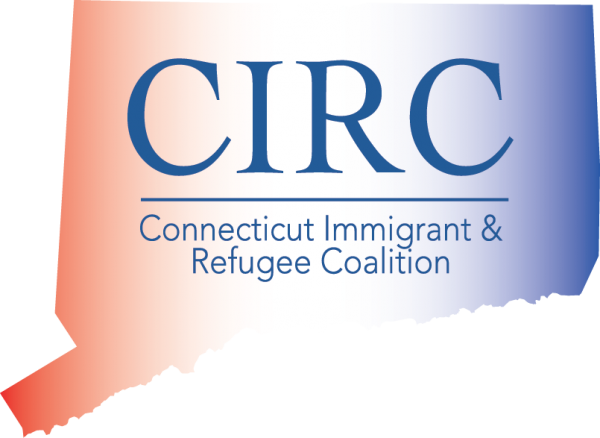 Sixth-graders from the Interdistrict School for Arts and Communication in New London were recognized for their project, “Community Faces-Humanizing the Immigrant Label,” parts of which were on display at the Capitol. The second group was Teens4Citizenship, a Hartford Public Library and Hartford Public Schools collaborative program. As "Citizenship Guides," these high school immigrant students support family and community members on the path to Citizenship and upon turning 18 pursue their own citizenship.
Sixth-graders from the Interdistrict School for Arts and Communication in New London were recognized for their project, “Community Faces-Humanizing the Immigrant Label,” parts of which were on display at the Capitol. The second group was Teens4Citizenship, a Hartford Public Library and Hartford Public Schools collaborative program. As "Citizenship Guides," these high school immigrant students support family and community members on the path to Citizenship and upon turning 18 pursue their own citizenship.

 Bachelor's degree programs (13): Accelerated Nursing, Aging Studies, Climate Change Science, Elementary Education: Community Engaged Learning, Environmental Studies and Sustainability, Fine Woodworking and Furniture Design, Fisheries Biology, Health Care Studies, Information Technology International Affairs (dual major), Movement Science: Wilderness Leadership Concentration, Wildlife Biology, World Languages Education (K-12)
Bachelor's degree programs (13): Accelerated Nursing, Aging Studies, Climate Change Science, Elementary Education: Community Engaged Learning, Environmental Studies and Sustainability, Fine Woodworking and Furniture Design, Fisheries Biology, Health Care Studies, Information Technology International Affairs (dual major), Movement Science: Wilderness Leadership Concentration, Wildlife Biology, World Languages Education (K-12)

























